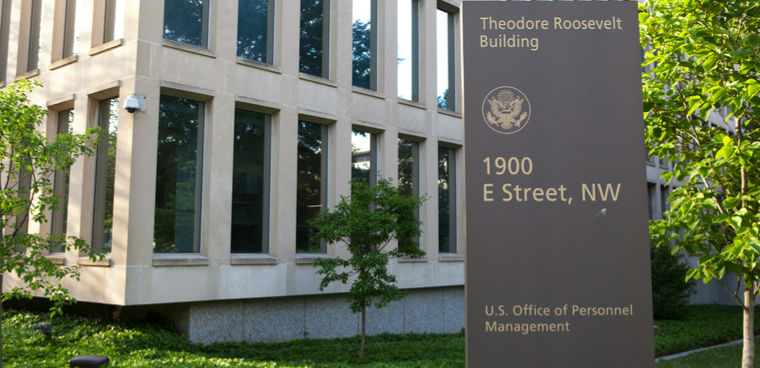A blueprint to rebuild OPM

A congressionally mandated study from the National Academy for Public Administration asks lawmakers and the executive branch to help create the conditions for the Office of Personnel Management to fulfill its purpose as a strategic human capital advisor to federal agencies.

The National Academy of Public Administration's congressionally mandated report on Office of Personnel Management concludes that the federal human resources agency should remain independent.
The report was ordered in the 2020 National Defense Authorization Act at the behest of House Democrats who had thwarted the Trump administration's plan to merge OPM into the General Service Administration and wanted a top-down look at the functioning of the agency.
"OPM as we know it today really needs to rebuild staff capacity, encourage innovation and adopt a more data-driven, accountable and forward looking human capital management approach," NAPA president and CEO Terry Gerton said on a Wednesday call with reporters.
The report found that the attempt to merge OPM into GSA was "highly disruptive to the agency," increasing turnover among employees, lowering morale and creating uncertainty.
The Biden administration has shelved the plan and is looking to reestablish OPM as an independent agency.
"The effort to dismantle OPM under the previous administration was disruptive to agency operations and detrimental to workforce morale," acting director Kathleen McGettigan said in a statement. "We are pleased to close that chapter and eager to continue the important work of reinvigorating the agency, rebuilding workforce capacity, implementing a sustainable funding model and reasserting OPM's posture as a strategic partner to federal agencies on matters of human capital management."
According to the report, OPM's leadership role has been diminished over the years by the expanding role of the Office of Management and Budget in human capital management. This is exacerbated by the recent trend of OPM being led on an acting basis by the deputy director for management at OMB – blurring the lines of authority between the two agencies.
Another worrying trend is the role of OPM in the Chief Human Capital Officers (CHCO) Council. The council held no formal meetings that included the head of OPM from March 2020 to January 2021. The meetings have been happening informally without OPM – "an indication of what the status of OPM was among human capital officers across the federal government," Peter Levine, a NAPA fellow on the panel directing the study, told reporters.
The report recommends requiring human resources qualifications for OPM director nominees and reestablishing dedicated congressional oversight of the workforce with civil service subcommittees. Additionally, NAPA recommends that OPM prioritize IT modernization and improve the quality of its data.
"For too long, OPM has been unable to achieve its potential of infusing data and evidence into short- and long-term workforce planning," Rep. Gerry Connolly (D-Va.), who pushed for the study, said in a statement. "I look forward to Kiran Ahuja's confirmation as OPM director so that we can begin the work of implementing the critical improvements needed at our nation's human resources shop."






